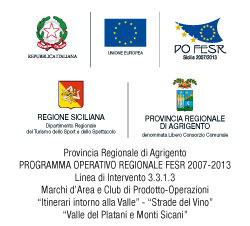>
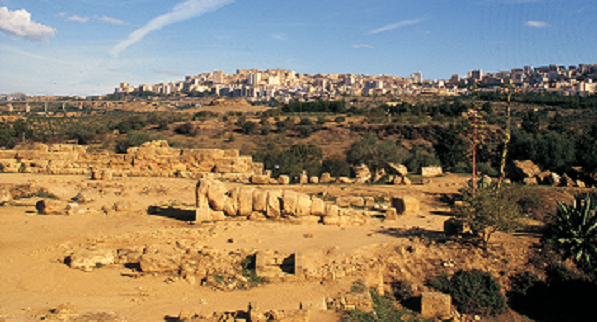
Agrigento
Agrigento city of memories
Between History, Art, Culture and Nature
"The clear sky knows no day without sunshine" (Cicero)
"The most beautiful city of mortals" (Pindaro)
Valleys, hills, monuments and temples, old and ancient, almost all dating back to the time when all civilization finest resided in the Mediterranean, are the traits that have made a city of Agrigento memory.If you arrive in Agrigento for the first time he remains forever captivated by the magic of the Valley of the Temples, exceptional historical record of Ancient Greec...
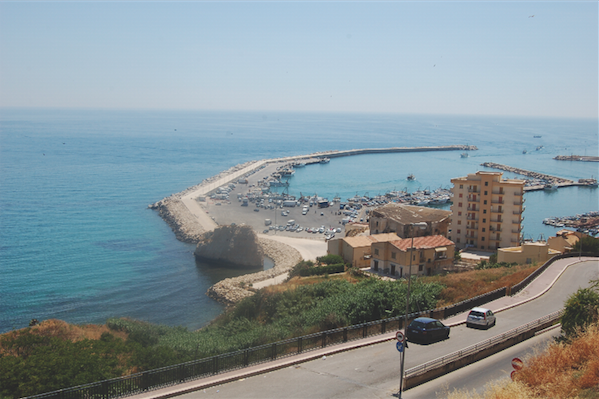
Sciacca
Sciacca is a well known tourist center. Renowned for the virtues of its thermal springs, the production of fine ceramics, its beaches and its sumptuous Carnival, the most beautiful and ancient of Sicily.His story is one of the oldest of our Sicily, full of events that have left a memorable over the centuries.Dramatic cliffs, formerly known as the baths of the mythical Selinunte, is today well preserved architectural remains of the different cultures that followed one another in Sicily. Frequented by the Greeks of Selinunte, then by the Romans who called, precisely, Thermae Selinuntinae (340...
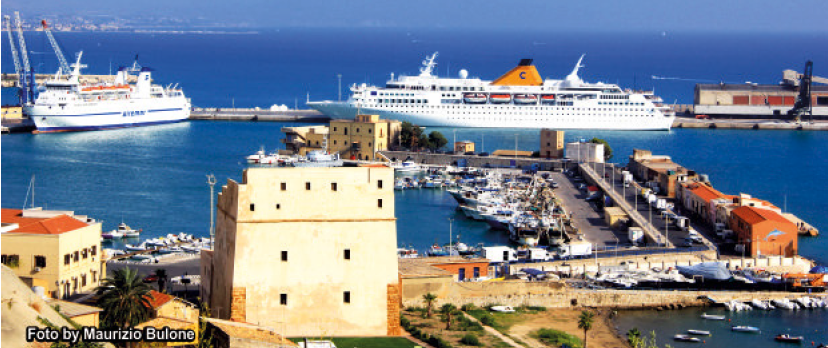
Porto Empedocle
Important seaport along the south west coast of Sicily, in the past a small village facing the blue Mediterranean sea, economically bound to the near city of Agrigento, but officially franchisee in the year 1863, changing the old de nomination of “Molo di Girgenti” in the actual, obtaining the right of autonomous municipality. The town is thus very young; it raises in the 15th century as “Port of shipment of the goods”of the old “Girgenti” and florid and incessant activity it made of the site a very important business center accredited. In the ye...
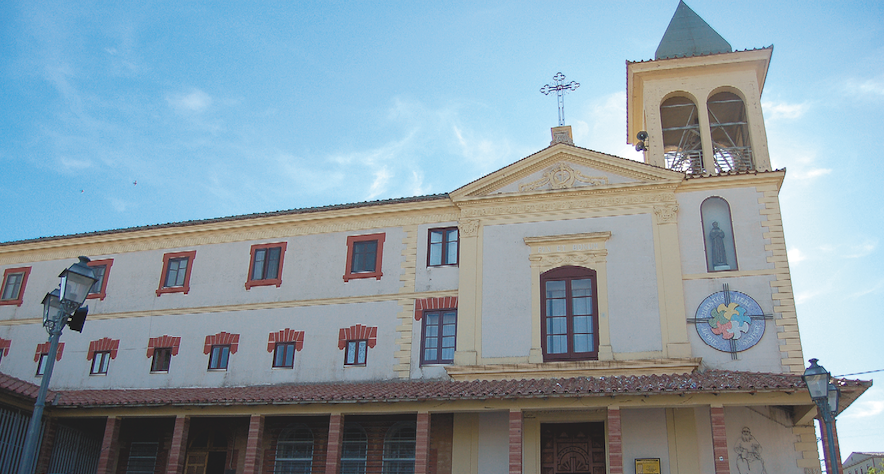
Canicattì
Located midway between Agrigento and Caltanissetta, on a hilly area, there is Canicattì whose name has its roots in the Charm of Arab culture. Populated by about thirty-five thousand inhabitants, the city‘s economy is predominantly agricultural and commercial. Every street in the historic centre is a world that is revealed, a journey rich in history and myth. Cradled by the delicate fragrance of sweet dishes, and first courses tourists can admire the numerous churches of extraordinary artistic and architectural interest, such as the magnificent Cathedral St. Pancra...

Favara
Favara is located on a small slope near a range of hills which form three points. The name derives from “Rohal-Fewwar” meaning “spring of water” or “large quantity of water”. This name later changed to “Fabaria” and then “Favara”. The early inhabitants left behind pottery found in a cave in contrada Ticchiara dating back to 2400-1900 BC.This area was also inhabited by the Greeks in Caltafaraci from the 3rd to the 6th century BC. Here, a fortification strategy of the ancient city was created in order to defend the...
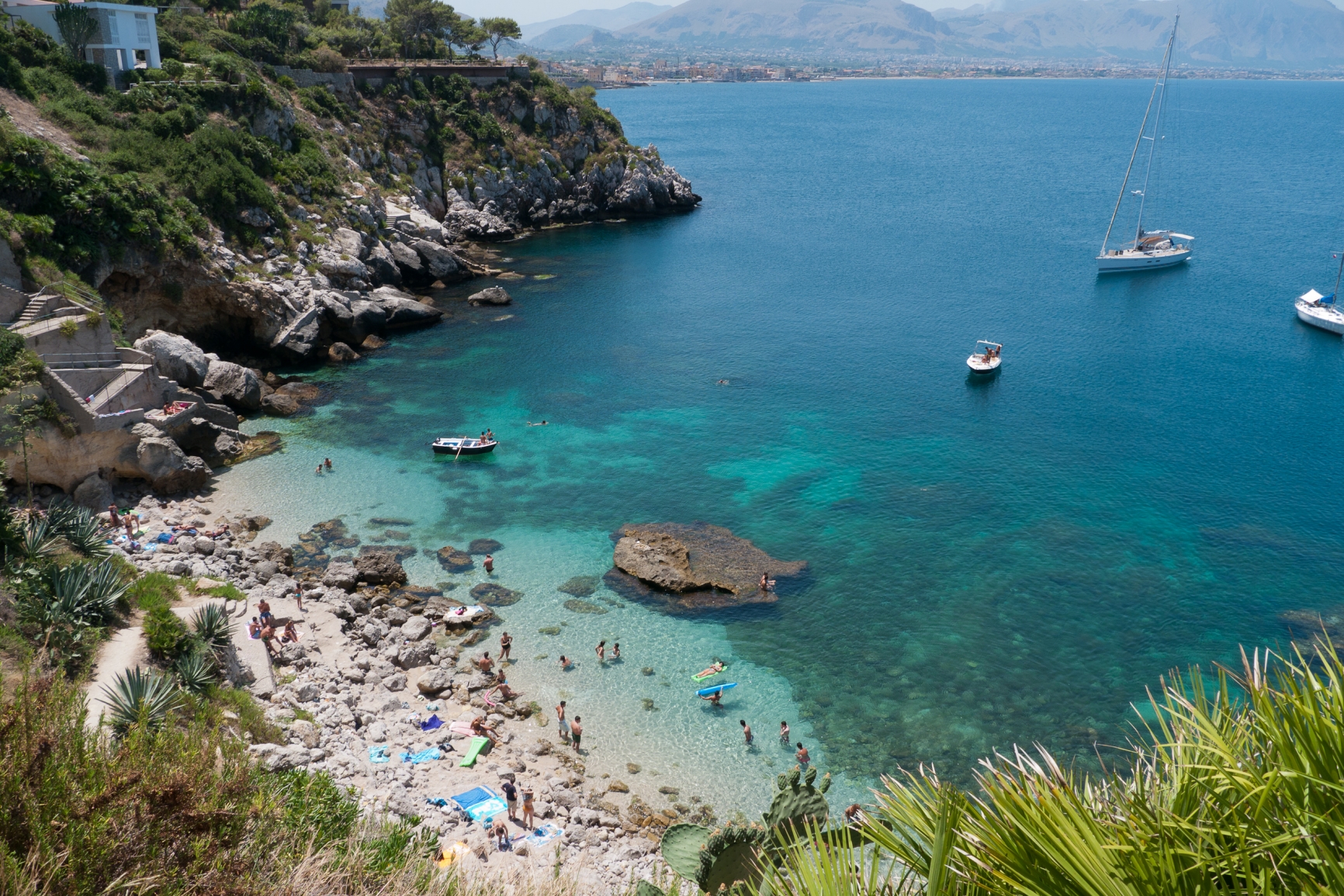
Pelagie Islands - Lampedusa and Linosa
The Pelagie Islands, the "Deep Sea Islands", as he called the greek historian Herodotus, are the southernmost islands of Italy ,ifa strictly administrative point the Pelagie belong to the province of Agrigento, looking at a map one can become aware how these islands are closer to the North African coast than to Sicily itself. Indeed Lampedusa is 120 miles from Porto Empedocle, while only 60 miles from the Tunisian coast.
E 'consists of two major islands of Lampedusa, Linosa and the rock of Lampione. Islands are very different from each other. Lampedusa - closer to Tunisia than to th...
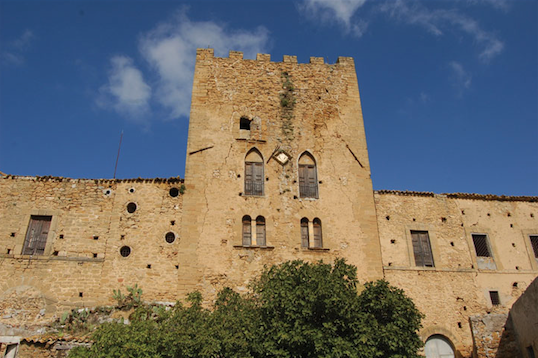
Aragona
The center, built in the early seventeenth century. by Baldassare Hake III, has just over 10,000 inhabitants largely dedicated to agriculture, which, thanks to the land full of almond, olive, pistachio trees, vegetables, legumes, is the most important economic resource. Nevertheless, there are other productive energies associated with activities related to small industry and handicrafts.
Monuments to visit
Among the monuments we recommend the ancient Baronial Palace - Palazzo Hake of the seventeenth century., Which rises steeply from the Piazza Umberto I was dominating the city cen...
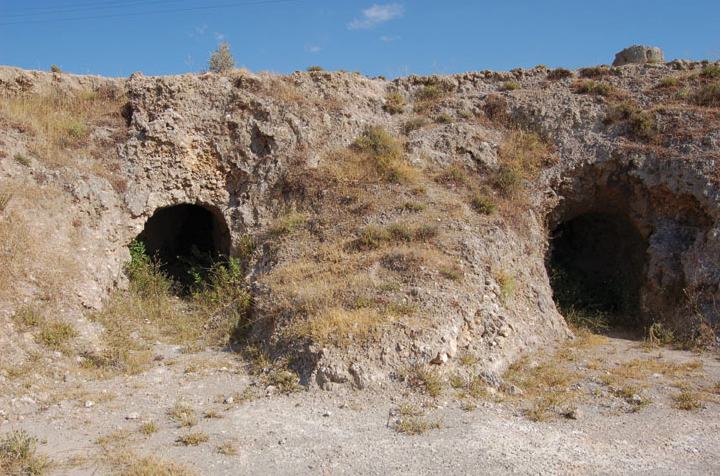
Comitini
17 Km from Agrigento, Cumatino, on the hill, from which it takes its name lies Comitini, small town of about 1000 inhabitants founded by Gastone from Bellacera in the late fifteenth century .. country with an economy dominated by agriculture, in the past also had a significant development through the exploitation of the nearby sulfur mines whose operations began in early 1800 and finished in the 50s of last century, came to employ more than 1,200 people, many of whom came from neighboring towns. Comitini is a small village very characteristic as the social life of its inhabitants takes place...

